Stand-up paddleboarding (SUP) is an exciting water sport that anyone can enjoy.
You stand on a stable board and use a paddle to glide across lakes, rivers, or the ocean.
It’s easy to get into and offers a great workout; SUP can give you a full-body, low-impact exercise session.
In this beginner’s guide, we’ll cover basic SUP techniques, must-have equipment, health benefits of paddleboarding, and introduce SUP surfing and SUP racing to get you started on new adventures.
Essential SUP Techniques
Neutral stance & balance
Begin on your knees to find the center of the board, then stand up slowly with feet about shoulder-width apart.
Keep your knees slightly bent, distribute your weight evenly, and engage your core muscles for stability.
Avoid looking down; instead, focus your eyes on the horizon to help maintain balance.
Forward stroke
This is your main paddling stroke for moving forward.
Place one hand on top of the paddle and the other halfway down the shaft.
Engage your core and rotate your torso as you pull the paddle through the water in front of you.
Aim for a smooth paddle entry and full extension for powerful thrust.
Sweep (turn) stroke
To turn, use a sweep stroke.
Start with the paddle near the board’s nose, then sweep it in a wide arc toward the tail while twisting your torso.
This smooth, C-shaped stroke will help you steer the board gracefully.
Reverse stroke
Use the reverse stroke to slow down or move backward.
Place the paddle near the tail and push the water forward. This motion acts like a brake, helping you control speed and direction.
Practicing these basic SUP techniques in calm, flat water will build your confidence.
As you improve, you can add more strokes (like draw strokes for side movement) and start turning into light waves or winds.
SUP Equipment for Beginners
Paddleboard

Beginners usually choose a wider, stable board.
Inflatable boards are popular because they are durable, easy to carry, and absorb bumps (though stiff hard boards may track slightly better).
For an all-around paddling experience, look for a board around 10–11 feet long and about 32–34 inches wide, which gives good stability.
Inflatable boards require a pump (many SUPs come with a hand pump or have an electric option).
Paddle
A good adjustable paddle is key.
Many paddles are made of aluminum, fiberglass, or carbon fiber.
Beginners should start with a lightweight adjustable paddle about 6–8 inches taller than their height.
Later you can upgrade to a stiffer carbon paddle for more efficient strokes as you improve.
Safety gear
Always wear a US Coast Guard–approved life jacket (PFD).
Many areas legally require it, and even if optional, it’s smart to have one on in calm or choppy water.
You should also attach a SUP leash to your ankle – a coiled cord that keeps you tethered to the board if you fall off.
The leash keeps the board from drifting away and is essential for safety in wind, waves, or current.
Clothing & accessories
Wear suitable clothing for the weather.
In warm conditions a swimsuit or rash guard works; in cooler weather use a wetsuit.
Don’t forget sun protection (hat, sunscreen) and bring water.
Optional gear includes waterproof bags for your phone/keys, a safety whistle, or lights if paddling near dawn/dusk.
With these basics, you’ll have everything needed to start paddling confidently.
Recommended: DIY Guide: Upgrading Your SUP with an Electric Motor
Health Benefits of Paddleboarding
Stand-up paddleboarding is not only fun – it’s great exercise and wellness.
It engages your whole body and provides multiple health benefits:
Full-body workout & core strength
Paddling works your arms, shoulders, back, and legs, but the biggest effort is in your core.
Balancing on the water means your core stabilizers and leg muscles are constantly engaged.
In fact, SUP can feel like a gym session without the gym smell – you’ll see your core strength and balance improve over time.
Cardiovascular fitness
SUP is an aerobic activity.
It raises your heart rate and can improve cardiovascular health much like jogging – but with less impact on your joints.
Studies have shown even 30 minutes of paddleboarding can significantly lower blood pressure and strengthen the heart.
Balance & coordination
The constant motion of water challenges your balance.
Over time, paddling greatly improves your stability and posture.
This can translate to better balance in everyday life, too.
Mental wellness
Being on the water is calming and refreshing.
Paddleboarding lets you soak up nature – which research shows can boost focus and mood.
The combination of gentle exercise, sunlight, and the sound of water releases endorphins and vitamin D, reducing stress and elevating your overall sense of well-being.
Many paddlers say SUP feels meditative – the rhythmic paddle stroke and natural scenery help clear the mind.
In short, stand-up paddleboarding is a fun way to exercise your body and mind.
SUP Surfing Basics
Stand-up paddle (SUP) surfing means using a paddleboard to catch and ride waves.
It’s similar to traditional surfing but with a paddle in hand.
At its core, wave riding is the same: you “fly” on the wave’s energy, leaning from side to side as the board carves through the water.
Most SUP surfboards have a rounded nose, lots of rocker (curve), and a narrower tail for maneuverability.
Beginners often choose a larger board (around 9½–11 feet long) that has extra volume for stability.
Here are some tips to get started SUP surfing:
-
Start small: Begin on gentle, waist-high waves in uncrowded spots. You don’t need huge waves to learn. Flat-water practice and small waves build confidence.
-
Paddle out safely: Many beginners paddle out to the lineup on their knees or even lie prone on the board, using their arms (like a bodyboard) to get past breaking waves (as shown above). This technique helps you reach deeper water without falling.
-
Stand in the swell: Once you’re past the breakers, get up slowly. Use a wide stance, knees bent, and even shift your weight as needed (a “hybrid” surf stance). Don’t worry about falling – spending time in the water is part of learning.
-
Catch the wave: Choose a wave, paddle to match its speed, and once you feel it lift you, stand up. Keep your paddle on the wave side of your board and use it to steer. Lean into turns using your hips and paddle (don’t use it as a cane). As you ride, you may push the paddle blade into the wave to help carve and balance.
-
Safety first: Always follow surf etiquette. Keep clear of other surfers (a long leash and board can swing widely). Wear a helmet if waves are strong. Consider taking an SUP surf lesson or going with an experienced friend to learn the ropes safely.
With practice, SUP surfing can be thrilling and accessible. As you improve, you can try catching bigger waves or using smaller, more maneuverable surf SUPs.
SUP Racing Basics
SUP racing is all about speed and endurance on flat or open water.
Racers compete on long, narrow boards designed to go fast (often 12–14 feet long).
A key feature is a displacement hull – a pointed nose that cuts through water with minimal resistance.
For beginners, a 12’6″ displacement-hull board is common, offering both good speed and stability.
-
Race Board: Look for a dedicated race board or a long touring-style board. Beginner race boards are typically around 12’6″ long and have a pointed nose (displacement hull). Rigid hard boards (often carbon fiber or fiberglass) are fastest, though inflatable models exist if you need portability.
-
Paddle: You’ll use a similar paddle as in flatwater SUP but focus on light, quick strokes. Many racers prefer carbon paddles for their stiffness and light weight (so strokes can be fast and less tiring).
-
Technique: In SUP racing, a fast stroke rate and core strength are crucial. Practice a powerful forward paddle stroke and work on increasing your cadence (strokes per minute). Learn efficient turns (like pivot turns) so you don’t waste time when the course curves. Drafting behind other paddlers and using good breathing technique can also help endurance in longer races.
-
Training: Start by paddling regularly on calm lakes or bays. Include interval training (short sprints with rest) to build speed and long paddles for endurance. Joining a local SUP club or beginner race series can be a fun way to learn strategy and improve.
-
Race Day Tips: Arrive early, warm up with some paddling, and know the course. Check your equipment (board, paddle, fin, leash) beforehand. Stay hydrated and use sunscreen or protective gear if needed.
SUP racing might seem intense, but many beginners start with friendly, novice events or even just timed paddles with friends. It’s a great way to challenge yourself and improve your paddling technique.
Conclusion
Stand-up paddleboarding is a versatile sport for all ages.
Whether you’re gliding on a tranquil lake, surfing small waves, or even racing for fun, SUP offers a unique blend of excitement, exercise, and relaxation.
Remember the basics: start on stable gear, master your stance and strokes, and always prioritize safety with a PFD and leash.
With practice, you’ll gain balance and confidence on the water. Most importantly, have fun with it!
Paddleboarding opens up a whole new world of outdoor adventure and health benefits. So grab your board, hit the water, and enjoy the ride!
FAQ
Q: What equipment do I need to start SUP?
At minimum, you need a paddleboard, paddle, leash, and PFD (life jacket). Beginners often use an inflatable all-around board (around 10–11 feet long) and an adjustable paddle. For safety, wear a Coast Guard–approved life jacket and attach a SUP leash to your ankle. Proper clothing (wetsuit or sun-protective gear) is also important.
Q: How do I stand up and keep balance on a SUP?
Start by kneeling on the board in calm water, then plant your paddle in front of you and stand up one leg at a time. Position your feet about shoulder-width apart and bend your knees slightly. Keep your weight centered and your eyes on the horizon (not your feet) to help stay balanced. Engage your core to stabilize yourself as needed.
Q: What are the health benefits of paddleboarding?
SUP is an excellent full-body workout. Paddling engages your arms, shoulders, back, legs, and especially your core, helping you build strength and improve balance. It also provides cardiovascular exercise, pumping your heart and lowering blood pressure. Beyond fitness, SUP is great for mental health: being on the water in nature boosts focus and mood.
Q: What’s the difference between SUP surfing and SUP racing?
SUP surfing involves riding ocean waves with a paddleboard. It uses surf-specific boards (usually 9–11 feet long) and requires paddling into waves and turning on the wave face. SUP racing is flatwater competition using long, narrow displacement-hull boards (typically 12’6″ for beginners) designed for speed. Surfing focuses on wave skills, while racing focuses on straight-line speed and endurance.
Q: What size paddleboard is best for a beginner?
All-around beginner boards are usually about 10–11 feet long and around 32–34 inches wide. These dimensions give good stability and buoyancy for new paddlers. As you gain skill, you can try longer or narrower boards for speed, but a ~10' board is a great starting point for most adults.
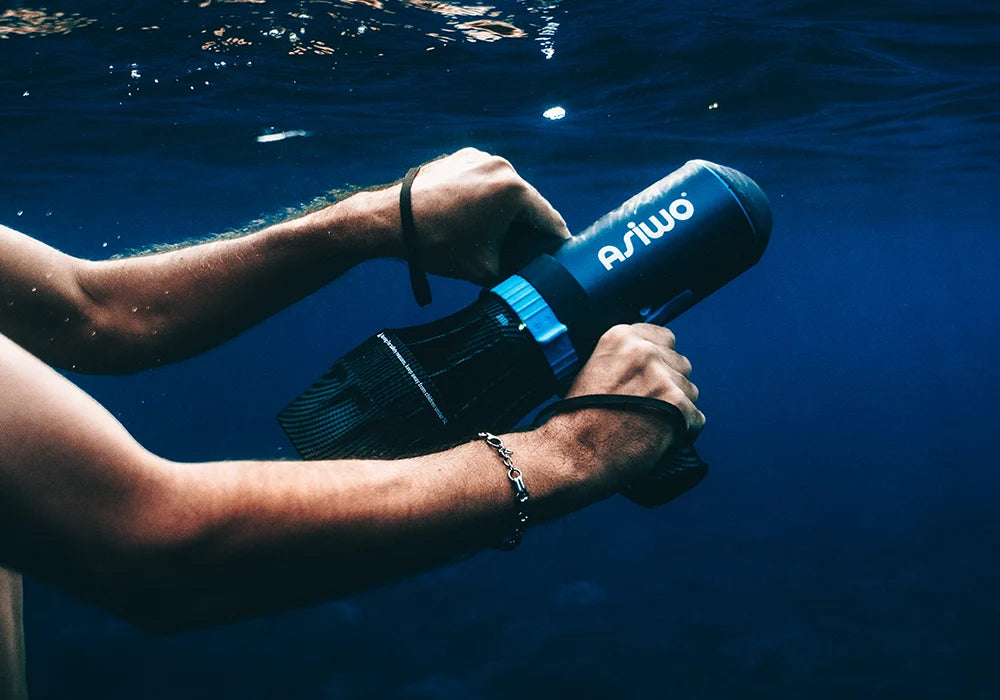




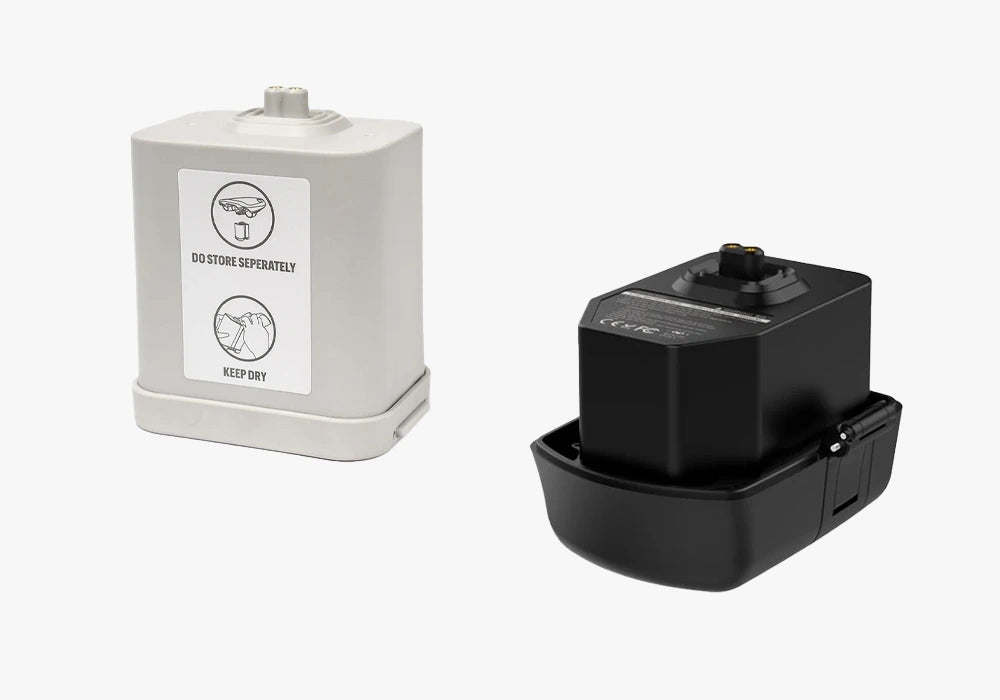




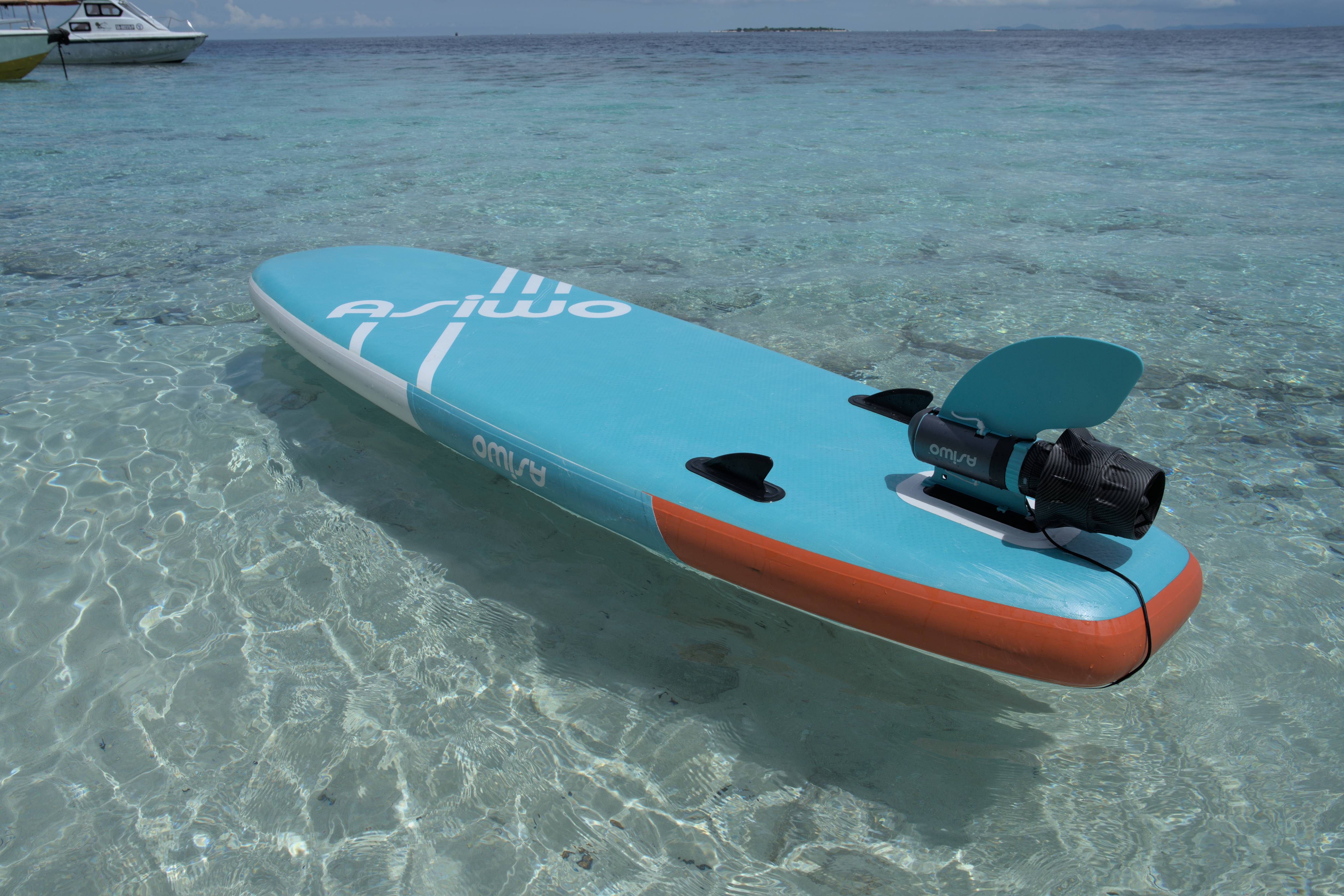
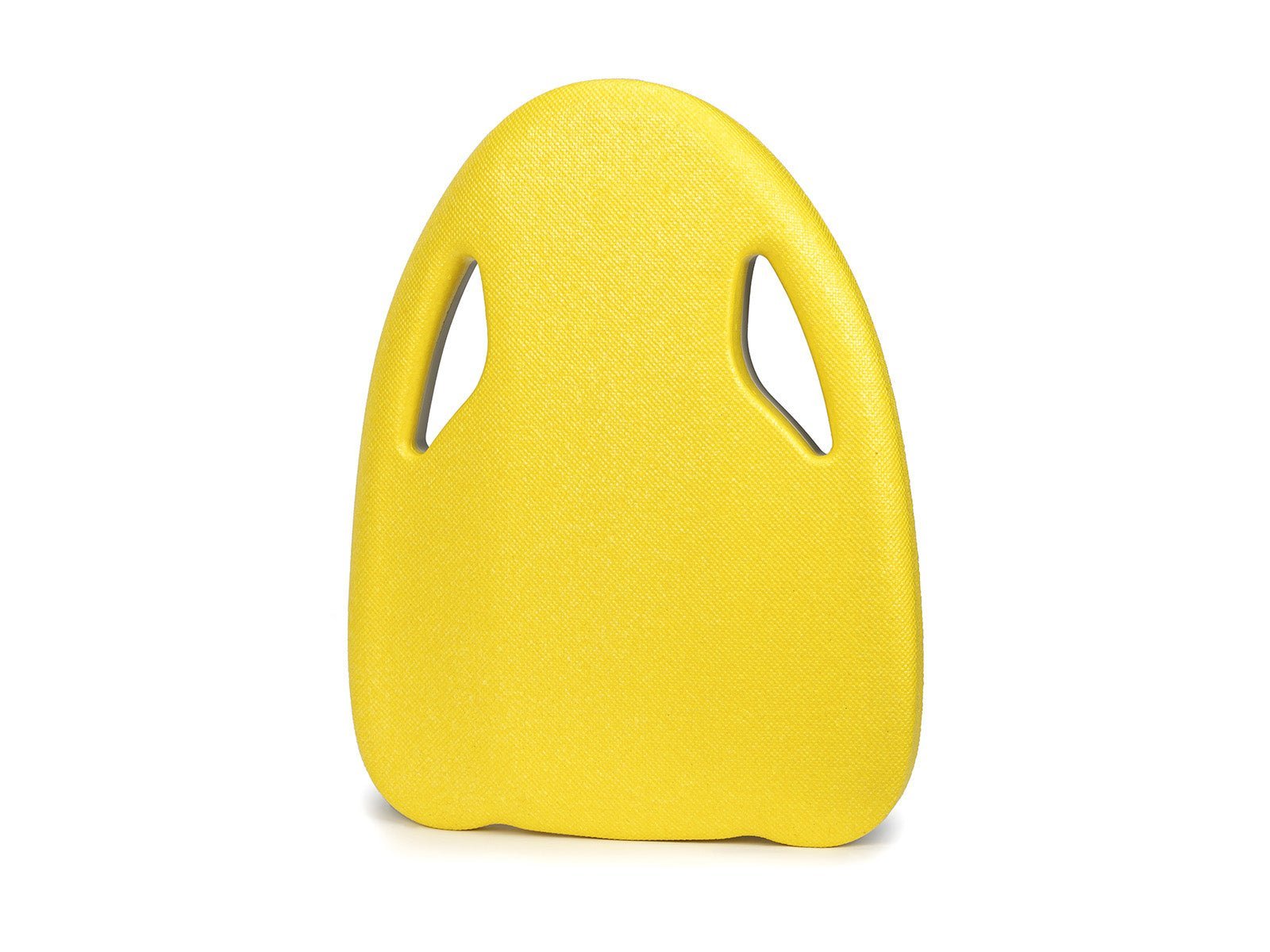
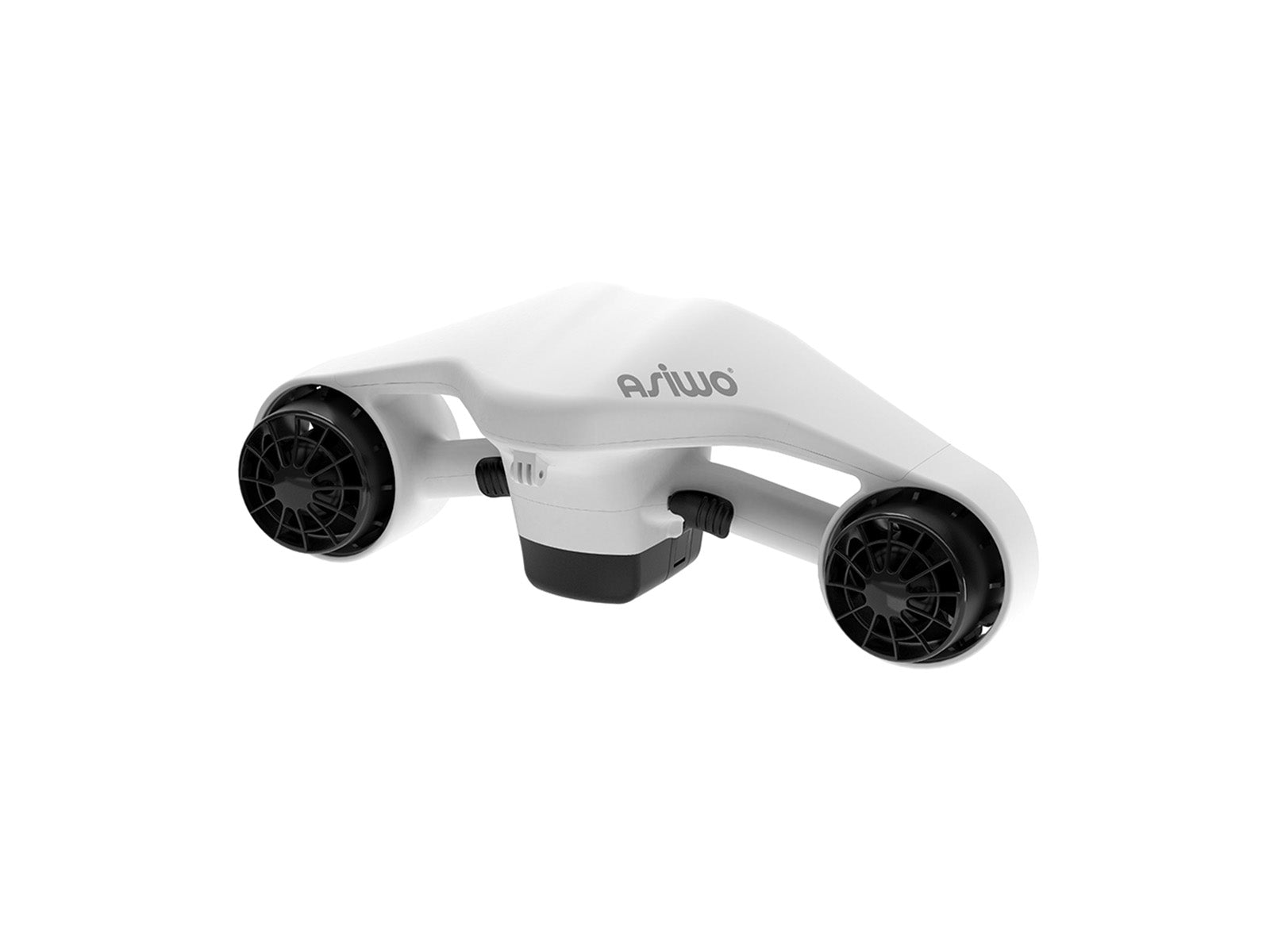
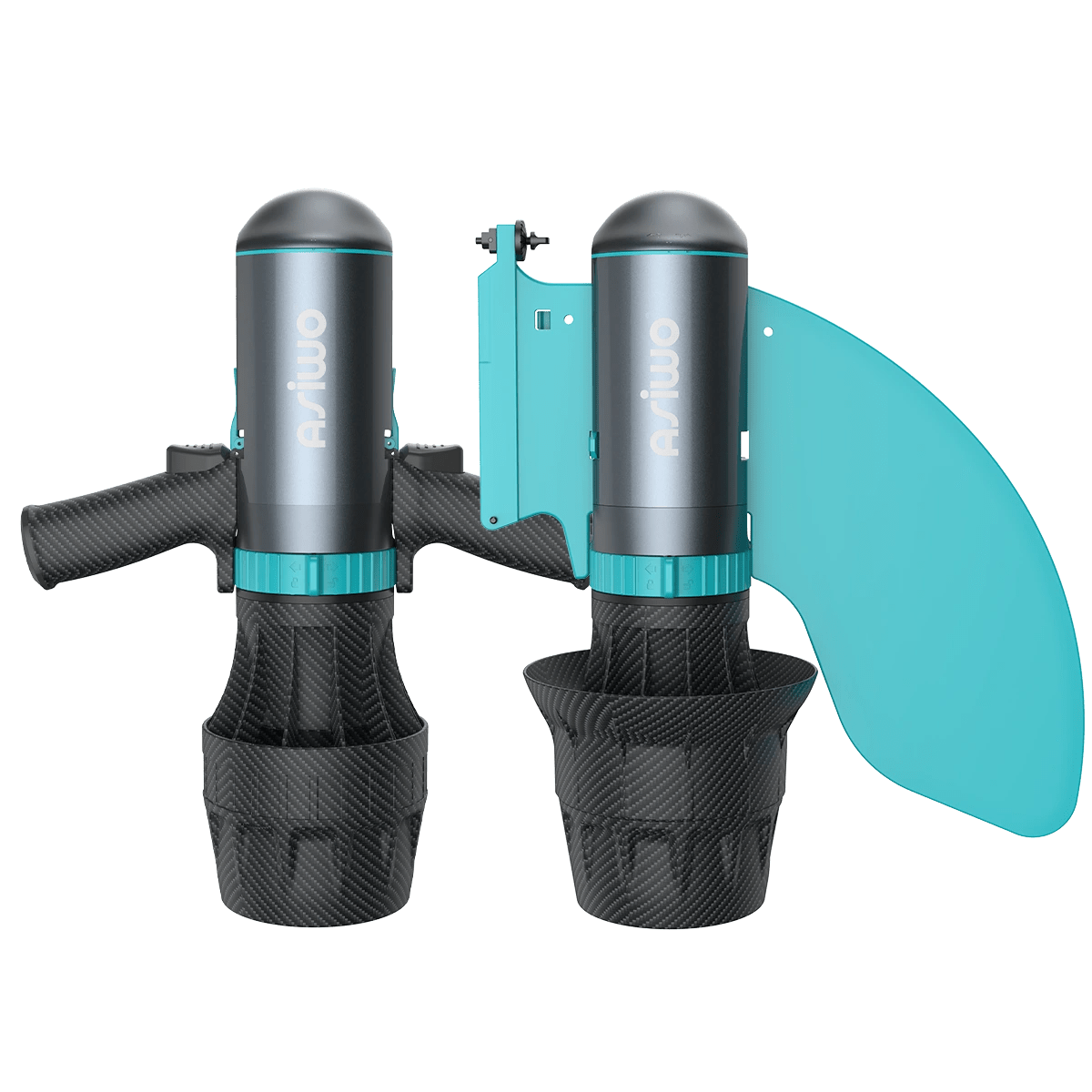


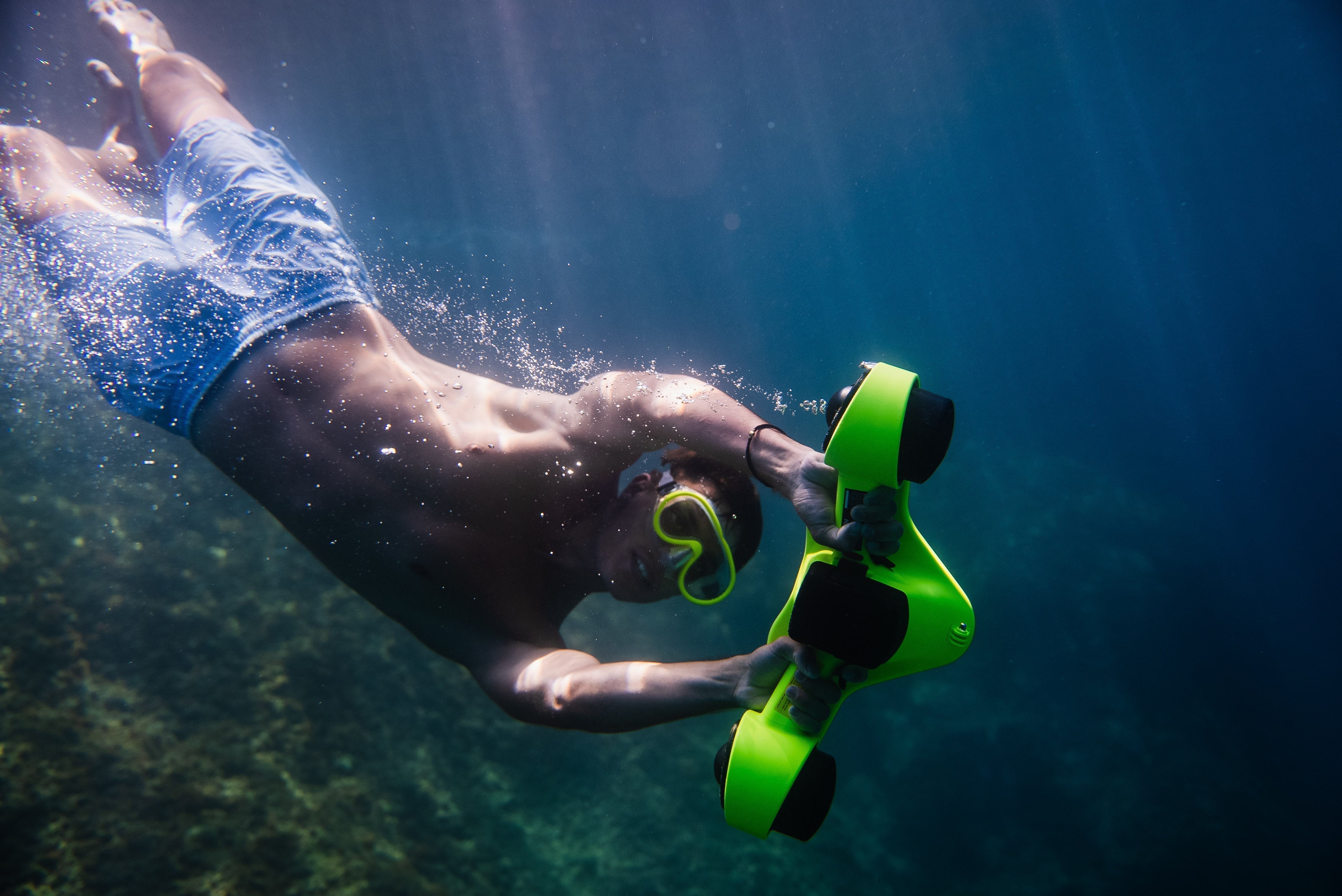
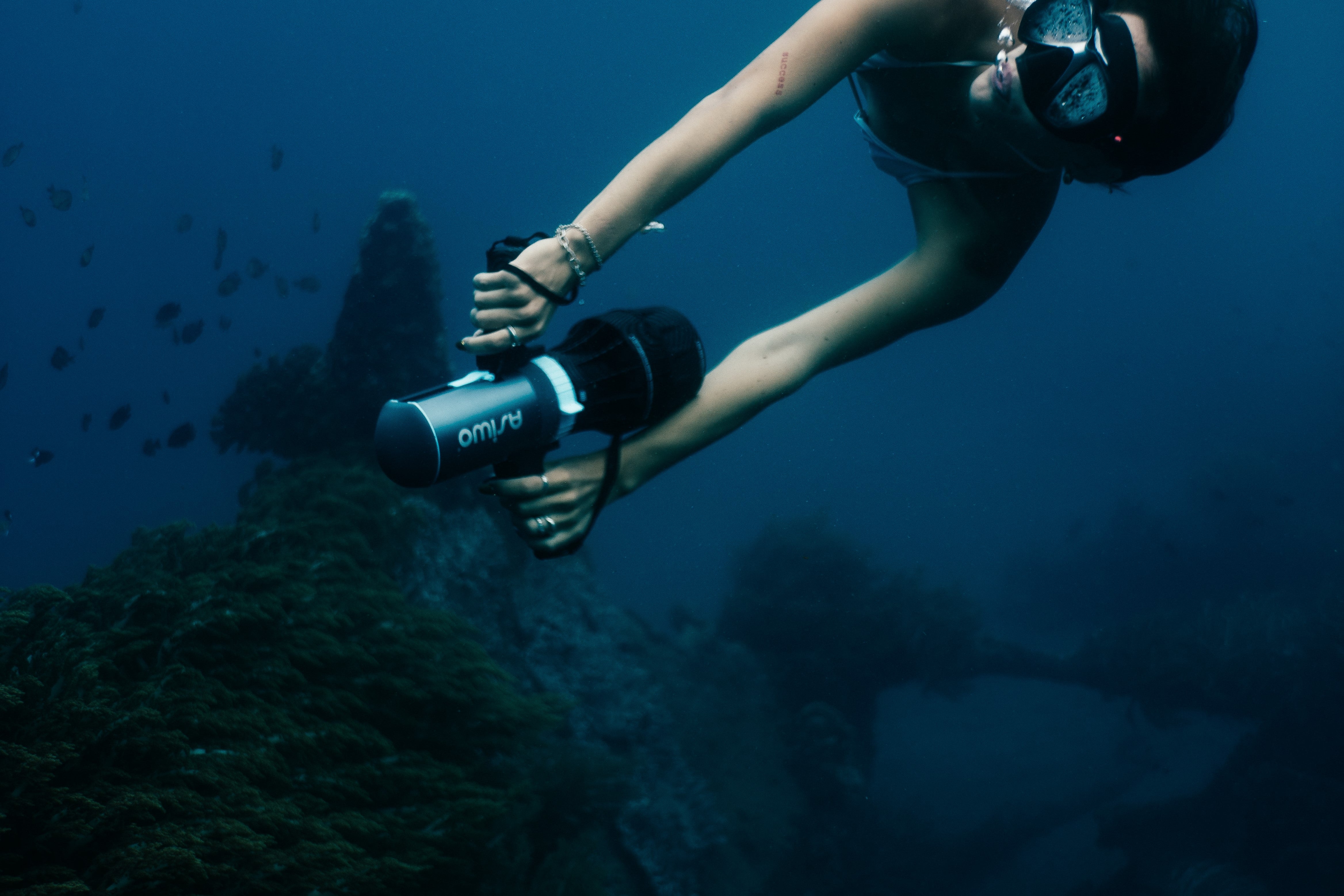
Dejar un comentario